PELVIC HEALTH
PHYICAL THERAPY
Check out our latest Pelvic Health video!
To access similar content, click the buttons below.
What is the Pelvic Floor?
The Pelvic Floor is a hammock of muscles that span from your pubic bone to your tailbone. Like all muscles in the body, the pelvic floor can become tight, tired, or strained.
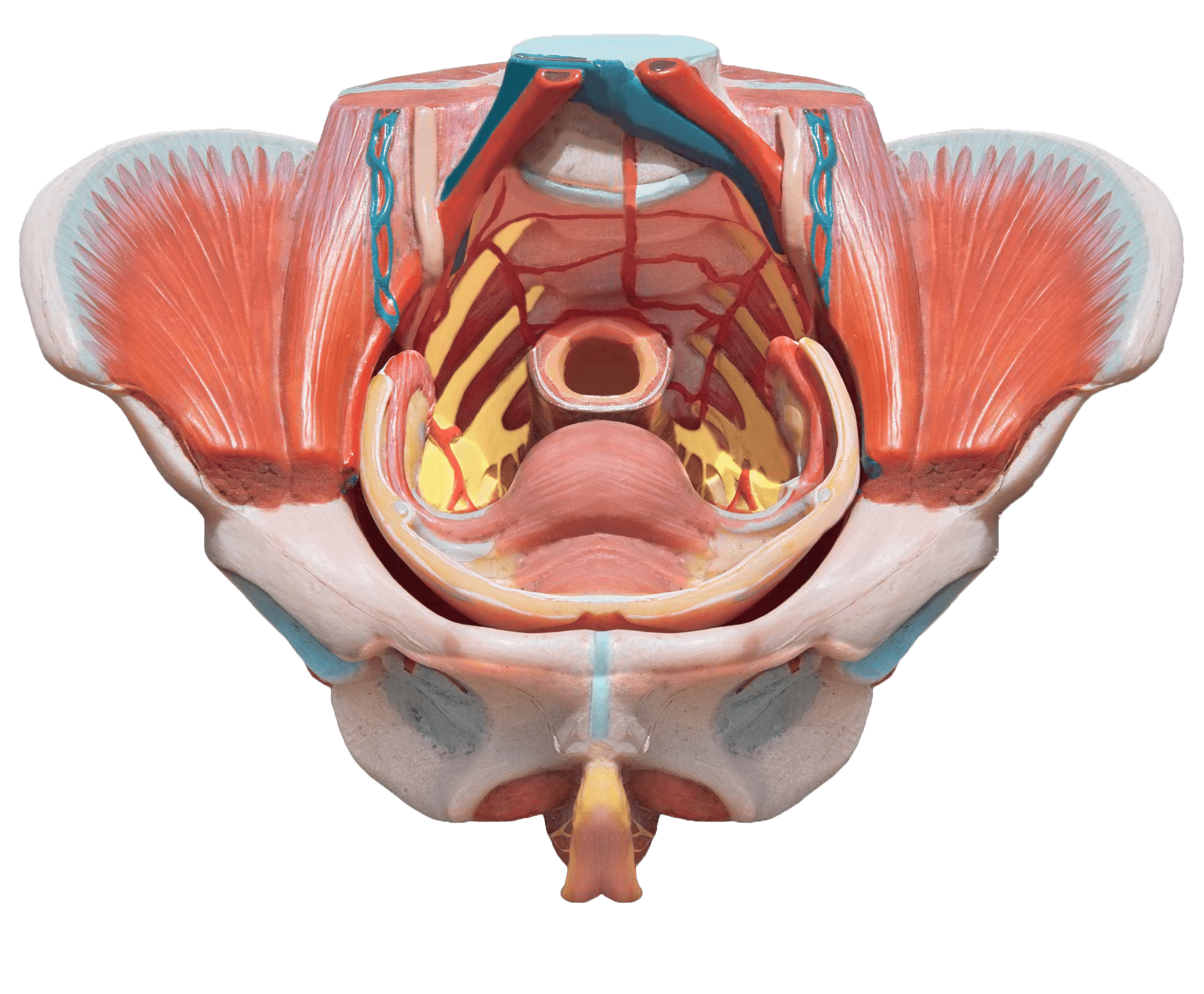
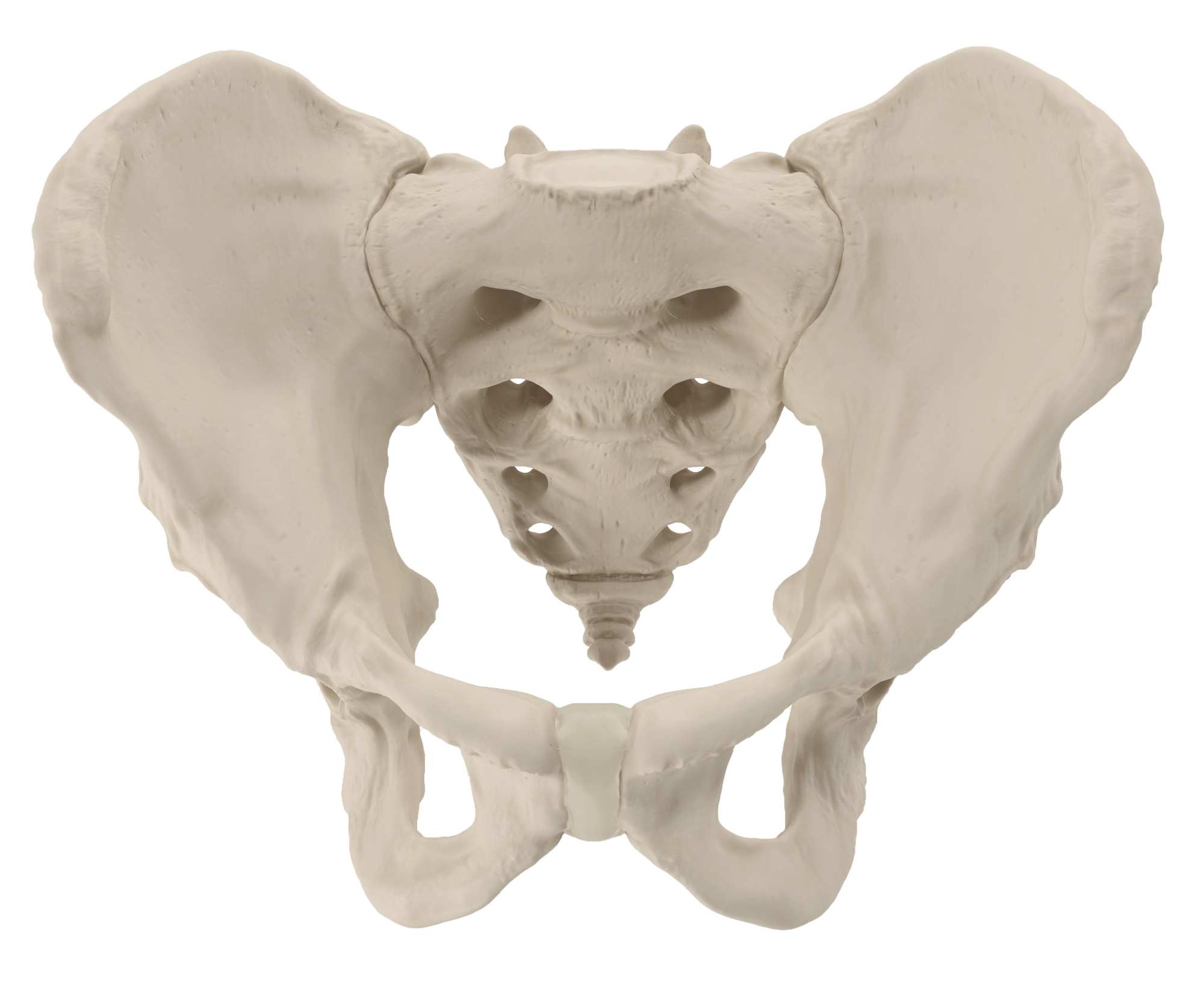
What is the Pelvic Health Physical Therapy?
Pelvic Floor Physical Therapy is a specialized field of physical therapy that is focused primarily on the muscles of the pelvic floor and surrounding tissue.
What does the Pelvic Floor do?
There are a myriad of functions that the Pelvic Floor muscle group contributes to, however, it has four primary functions.
The 4 S’s

Support
Supports the pelvic organs such as the bladder, colon, and uterus.
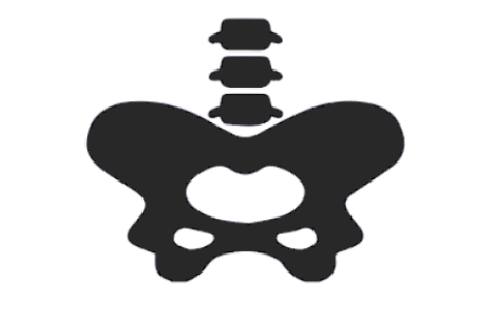
Stabilization
Helps with stability of the back and hips.

Sphincteric Control
Assissts in starting the flow of urine and the passage of gas & stool.
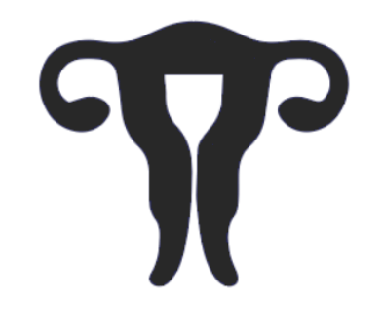
Sexual Function
Aids in sexual appreciation
What does Pelvic Health Physical Therapy Treat?
- Bowel & Bladder Control
- Incontinence: leaking urine or stool with any daily activities, including exercising
- Frequency: Urinary or fecal
- Pelvic Pain with: sex, sitting, sports
- Pelvic fractures or muscle & ligament injuries
- Hips, low back, & sacral pain
- Pain or dysfunction at the lower spine or coccyx (tailbone)
- Postpartum: Abdominal separation (diastasis recti). C-section scars, pain with sex
- Pelvic organ prolapse (POP)
- Vaginal, vulvar, or episiotomy pain
- Pain or function change after surgeries such as hysterectomy, pudendal nerve decompression, and many more
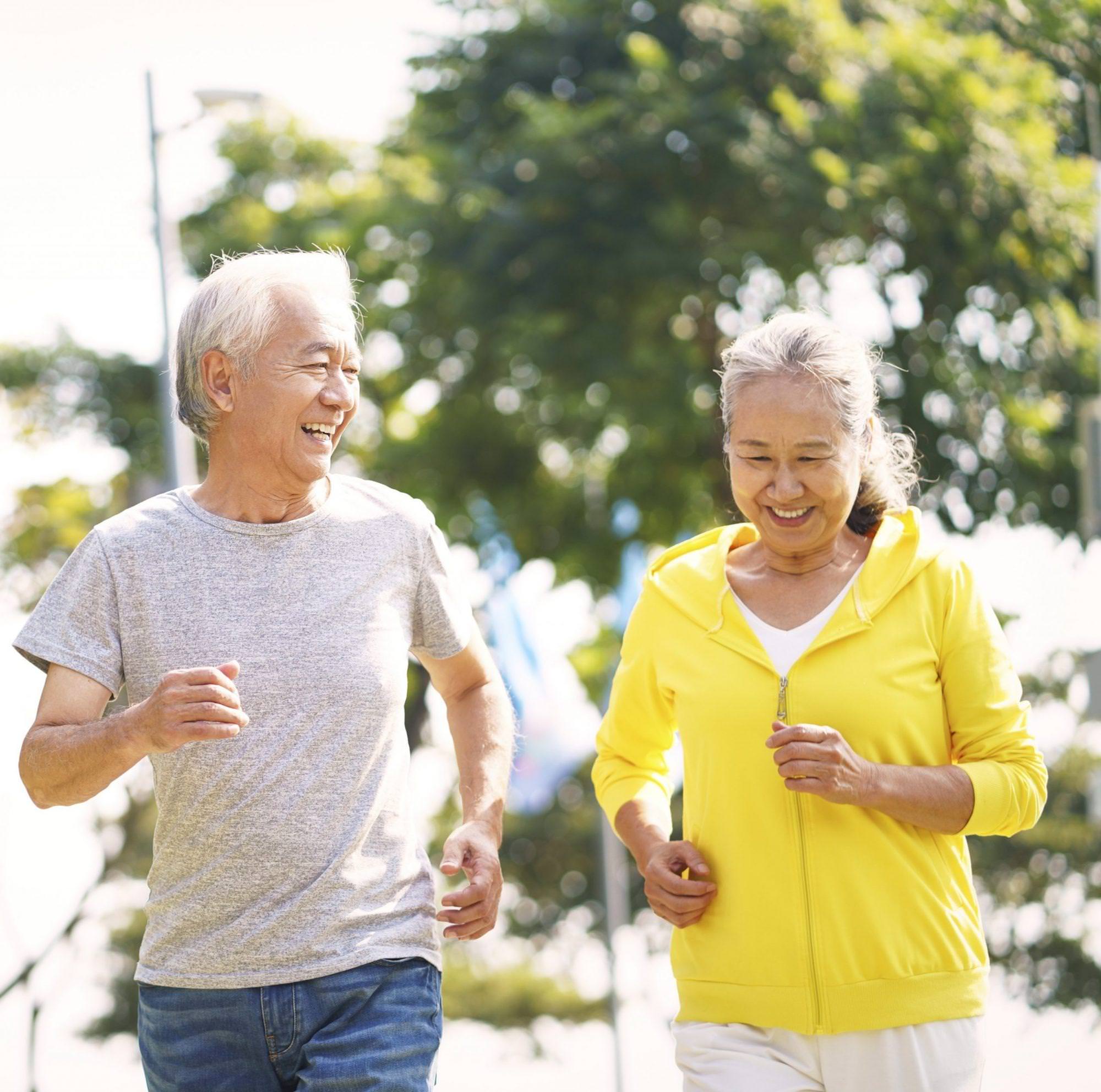
What to Expect
Initial Examination
- A thorough review of your past & present medical history related to your concern
- Functional movement screenings
- Other Common evaluation tools may be used: manual exam of external and/or internal pelvic floor musculature to assess for overly tight muscles and/or the inability to recruit the proper muscles, etc.
- Vital sign assessment, neurological screening.
Follow-up Appointments
- Manual therapy: Soft tissue work, trigger-point release, myofascial release, muscle isolation, scar tissue mobilization
- Motor planning, muscle strengthening, stretching and/or movement exercises
Our Philosophy
Widely considered to be a niche practice, many people are unaware of the benefits associated with Pelvic Floor Physical Therapy. Therfore, many symptoms of pelvic floor dysfunction go unaddressed.
Our clinicians aim to steer away from the mentality of “pushing through the pain”. They believe that the community of men and women living with chronic Pelvic Floor dysfunction is severely underserved. Although many Pelvic Floor concerns are common, it does not necessarily mean that they are normal & should be left untreated.
Additional Resources
All you need to know Pelvis! Click the button below to access The Ultimate Pelvic Anatomy Resource brought to you by the Pelvic Guru, Tracy Sher, MPT, CSCS.
